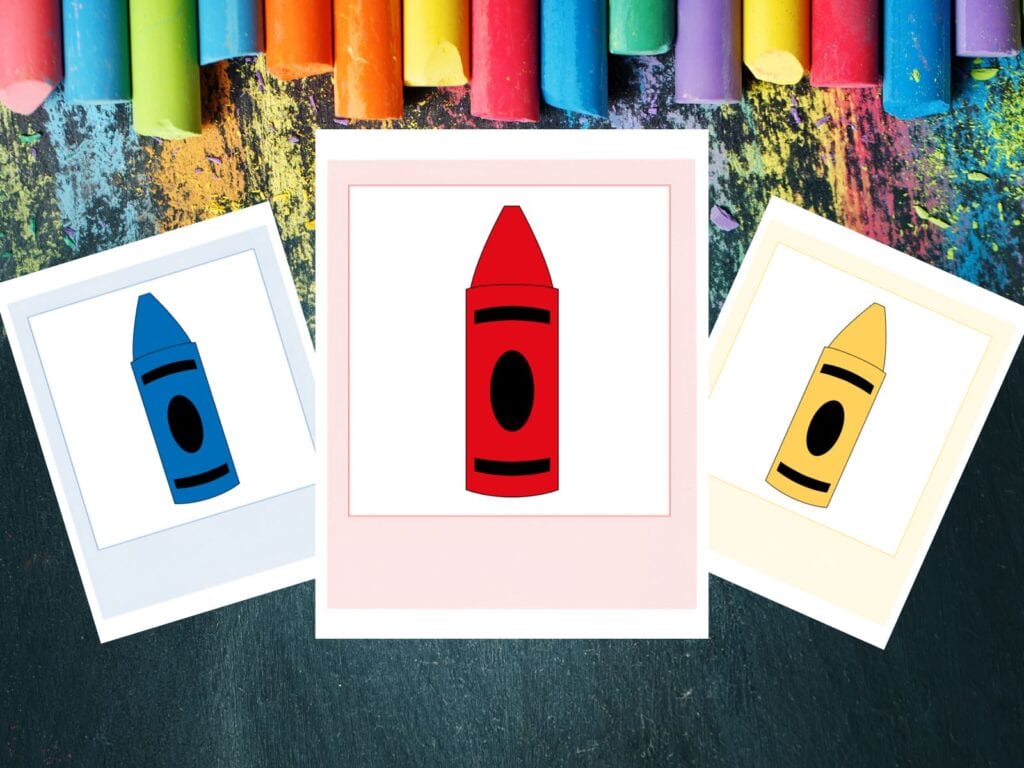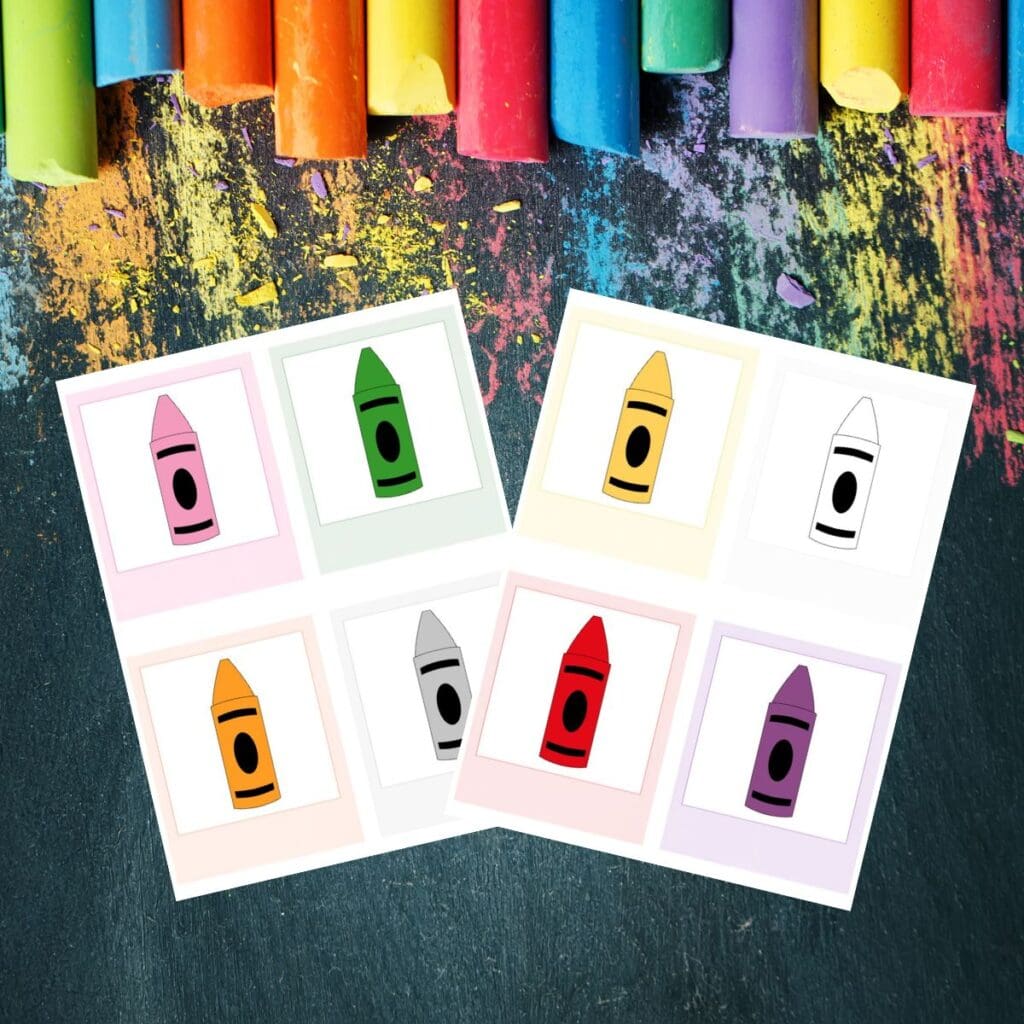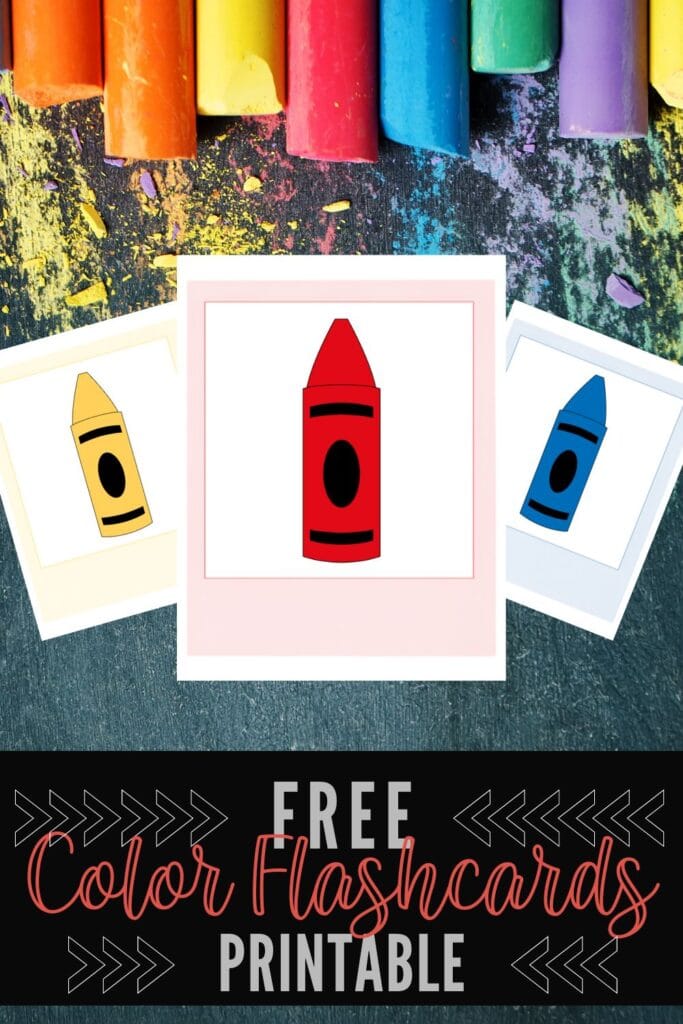These color flash cards printable can be an impressive tool to use when teaching young children about different colors. Both parents and kids will have fun with these educational cards. You can even make a game out of this set of flashcards if you want to!

WHAT ARE THE BASIC COLORS?
The basic colors are also known as primary colors. There are 3 shades in the first set of colors – yellow, blue, and red. These are the primary colors. These 3 colors serve as the foundation for all other colors that are available in the color wheel.
Two primary colors that are next to each other on the color wheel are combined to create secondary colors, which are the second set of colors. Orange, green, and violet are the secondary hues. The other following colors after the primary and secondary colors are known to be intermediate or tertiary colors.
With that being said, a color wheel is a diagram that shows different color shades in a circular pattern. It aids in illustrating color temperature and the associations between primary, secondary, and intermediate or tertiary color schemes.
Aside from the color wheel, people also make use of a color card in order to tell the different colors. There are 11 color words in the colors vocabulary. But, there are actually a lot of shades each color has. With the hundred ways you can combine colors, it won’t be too much of a surprise.

HOW TO HELP CHILDREN LEARN COLORS?
Learning colors is such an important part of a child’s life. To be able to help them with this, parents can use different fun activities to make learning more fun. A perfect example would be by using free printable color flashcards.
By showing them the colors in a picture, kids will learn the color names. You can also let them match each crayon color to the correct flash card. These are also for classroom use. It is a lot of fun when kids learn together with their classmates. This might also encourage them to really absorb the subject at hand.
Another great way to help children learn colors is by associating the colors with objects. Maybe use them to describe a certain thing like brown soil or even blue sky. This will help them picture and understand the colors better. One of the simplest ways to learn color schemes is to match colors.
Along with the ability to identify and select colors when prompted, it might come first. Constant exposure is the secret to helping your child to learn different colors. Classroom games can also definitely help with their learning. The kids can try playing color scavenger hunts with these free printable flash cards too! Here are some pointers to assist you with your teaching:
1. START SIMPLE
Avoid giving your child too many colors in one go. Concentrate on a couple at a time, and once they get more used to those, add more.
2. LABEL THINGS WITH COLOR NAMES
They will develop their literacy skills and vocabulary more quickly as a result of this. Everything they encounter in their daily lives has color. As you see, pass, and give items to them, be certain to identify them by name and hue vocally.
3. USE SMALL OBJECTS
I think we all know that kids love playing with small things. You can grab small toys for them to sort out in different piles so they can distinguish their colors.
4. DISTINGUISH CONTRAST COLORS
To avoid confusing your kid, it is best to use color combinations that are completely different from one another. When they are learning, objects with contrasting colors will stand out to them more. Don’t mix, for instance, red and orange, red and pink, or blue and purple when attempting to teach hues parallel to one another. Red & green, blue & yellow, purple & green, and black & white are different shades that go well with the way of comparison. There are many more possible combinations too.

WHAT AGE SHOULD CHILDREN BE ABLE TO RECOGNIZE COLORS?
When your child turns 1, which is a significant life milestone, you’ll start noticing they start to absorb information like one of those little sponges. Since the baby phase has long since passed, they begin to walk, talk, and become much more independent.
When they reach this age, you can start exposing them to colors and patterns. A child needs to start hearing words frequently in order to retain them. It’s a great approach to begin teaching them about colors at a young age, even though they are unlikely to be able to comprehend and preserve the principle of colors until they are about 18 months old.
Just as attempting to learn the name of the object began to make sense to them around the one-year mark, studying colors will start to seem reasonable to them at this point. Just remember to be consistent, and color recognition will come naturally to them.
COLOR FLASH CARDS PRINTABLE
The best part about this printable colors flashcards is that it’s totally free for you to download. Just click on the link below, and you’ll be ready to print the pdf file and use them immediately! Any paper size can be used for this printable – A4, US Letter, or whichever you plan to use. Just a quick tip, you can use card stock for these free printable color flash cards for the best results!
If you enjoyed this Color cards printable post, be sure to check out this other great printables next time:
- American Sign Language Alphabet Printable Flash Cards
- Free Printable Alphabet Flash Cards
- Free Adult Coloring Bible Verses Printables
Be sure to PIN this for LATER and SHARE on FACEBOOK!
